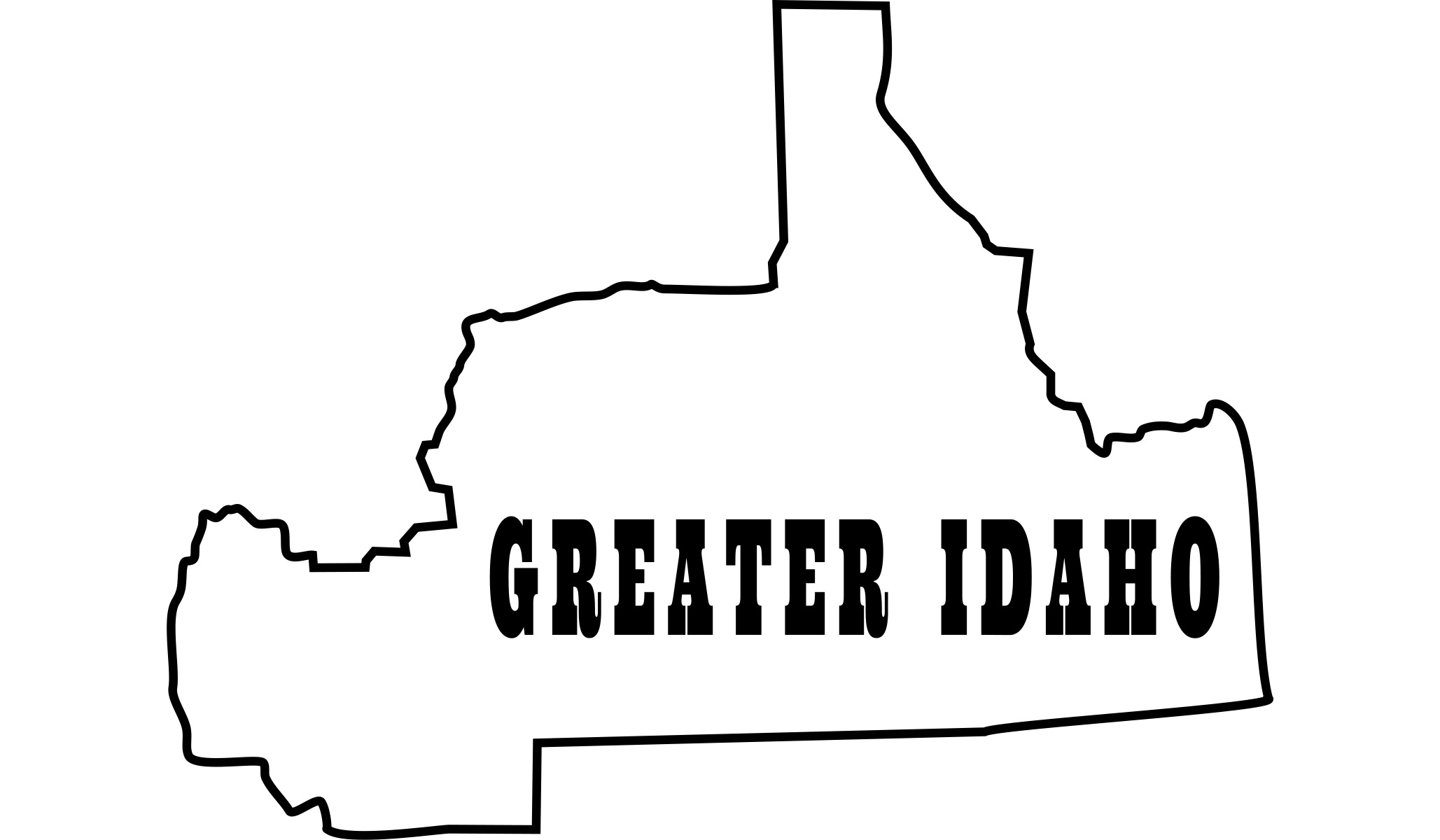


The Idaho house has voted 41–28 in favor of “Greater Idaho”: a movement of eleven eastern counties of Oregon that seek to secede from their state and join Idaho.
The movement encompasses the sparsely populated, conservative, rural counties east of the Cascades that make up 63 percent of the state’s landmass but only 21 percent of its population. The region’s inhabitants are regularly outvoted and ruled without regard to their interests by Portland and the rest of the west-coast portion of the state. Eastern Oregon is politically, culturally, and economically a world apart from the rest of the state that drifts ever further into progressive madness and urban anarchy. There is another but less advanced movement that seeks to add parts of northeastern California to “Greater Idaho,” and there’s even some similar sentiment, mostly inchoate, in eastern Washington.
The passage of a bill in a state legislature is a notable step further than these sorts of things usually go, but the bill itself is a nonbinding resolution that merely commits the Idaho house to continue discussions: “The Idaho Legislature stands ready to begin discussions with the Oregon Legislature regarding the potential to relocate the Oregon/Idaho state boundary, in accordance with the will of the citizens of eastern Oregon, and we invite the Oregon Legislature to begin talks on this topic with the Idaho Legislature.”
Republican congressman from Oregon Cliff Bentz says that his opposition to the movement has softened, but he takes no position at the moment in light of the considerable obstacles secession would face. The consent of both Congress and the government of Oregon would be constitutionally required, which would be difficult to obtain without opening a Pandora’s box of other secession and statehood movements across the country. That’s one of several reasons why I have been skeptical of the “Greater Idaho” movement in the past, and remain so.
